On a winter morning by the River Tweed, every umbel of hogweed, every bristly head of burdock, stands crisply outlined in frost. Avenues of poplars reflect perfectly in the water and the “Tweed’s fair river, broad and deep” lives up to the poetry of Sir Walter Scott. For a region with a violent past, today is tranquil and full of natural beauty, a place to experience in its winter skin.
The Tweed, flowing from the uplands down to the sea, gives this area its defining character, with Berwick the perfect centre from which to explore this fascinating, beautiful and exciting region, with its rich history, diverse wildlife, and breathtaking landscapes.
Travel out of the town, and there is much to discover nearby. From the river to the coast, wildlife abounds, and hikers are spoilt for choice. Walks cover a variety of terrain and diverse scenery, passing historic buildings and town, following the winding River Tweed, and along the coast for dramatic views of the sea and rugged coastline where you may be lucky enough to spot a seal.
Our expert county guide will help you plan your trip to Berwick and Borders, rounding up the best places to visit, where to walk, wildlife to spot, where to stay, where to eat and local highlights.
Where to visit in Berwick and Borders
Inland walks

Follow the river Tweed inland and it leads you into the heart of the Borders through historic towns, past ancient abbeys and castles. Anglers come from all over the world to fish in this famous salmon river during the season. In winter, though, on a frosty morning with a thin mist rising from the water, the challenge is to catch a beautiful grayling, “the lady of the stream”.
There are many wonderful walks along the Tweed, which for part of its length marks the boundary between the England and Scotland. Admire views ranging from the serene to the dramatic. On the Northumberland side, the jagged outline of the great tower of Norham Castle rises out of the winter-bare trees. On the Scottish bank, the towns of Kelso and Coldstream cluster by the river, their gardens running down to the water’s edge.
Discover Walter Scott's Berwick
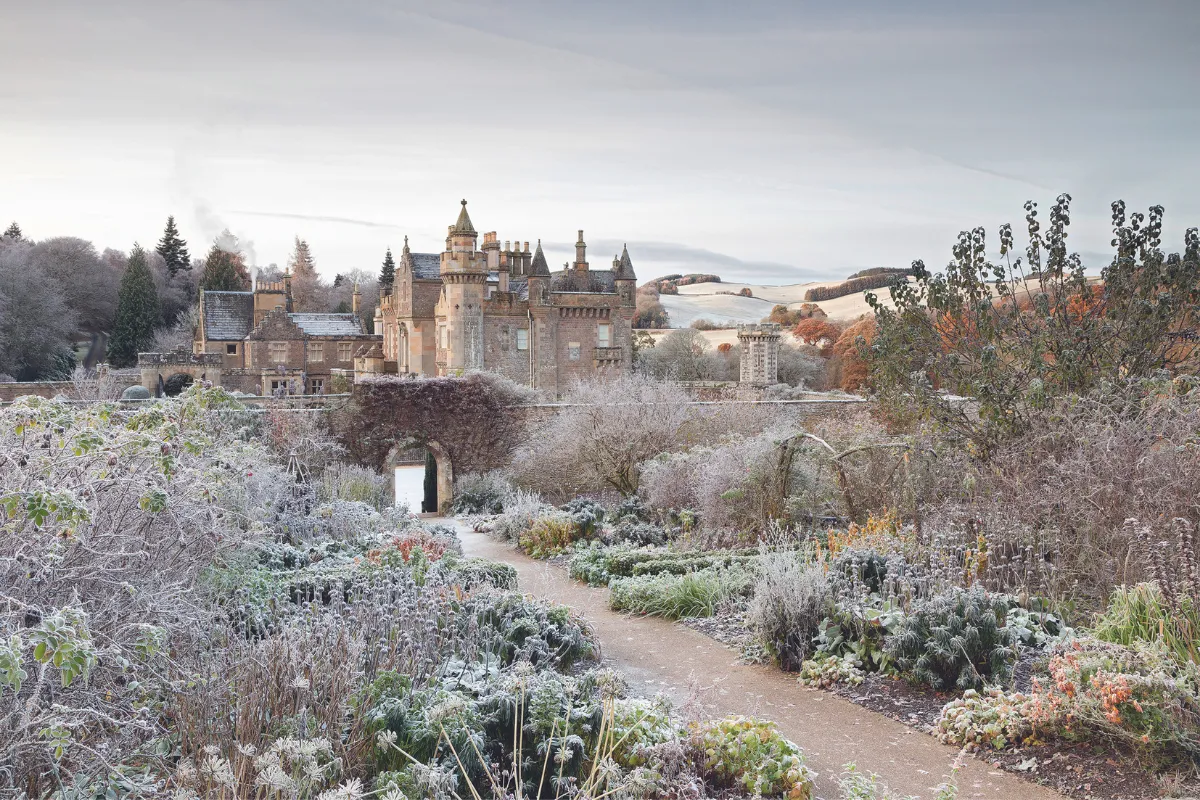
The tales of this region and its Border ballads fired the imagination of writer Sir Walter Scott (1771-1832). With Ivanhoe, Waverley and Rob Roy, among others, he popularised the historical novel in the early 19th-century. You can visit his home of Abbotsford and walk along paths by the Tweed through woodlands that he planted. The house that he built rises above terraced lawns, a fantasy of Scots Baronial architecture. With its towers and turrets and crow-stepped gables, it’s romantic and whimsical.
Come back in summer to wander in the three walled gardens, their colourful borders leading up to a delightful Gothic-style Orangery. Many places are linked with Scott’s name. Edinburgh’s Waverley Station is named after his novel, a story of the Jacobite Rebellion, while Scott’s View, a spot just off the B356 between St Boswells and Redpath, was one of the author’s favourite places to come and reflect, due to its glorious views out to the Eildon Hills.
Explore the border towns
Visit Kelso for its independent shops, cafes and monthly farmer’s market in the cobbled square. In a region famous for outdoor pursuits, there are shops selling fishing gear, shoes, boots and cuddly-soft cashmere. Just outside the town at Kelso Racecourse, race days take place from September to May. Opened in 1822, it has a friendly atmosphere and a sense of history. There are still coal fires in its characterful buildings.
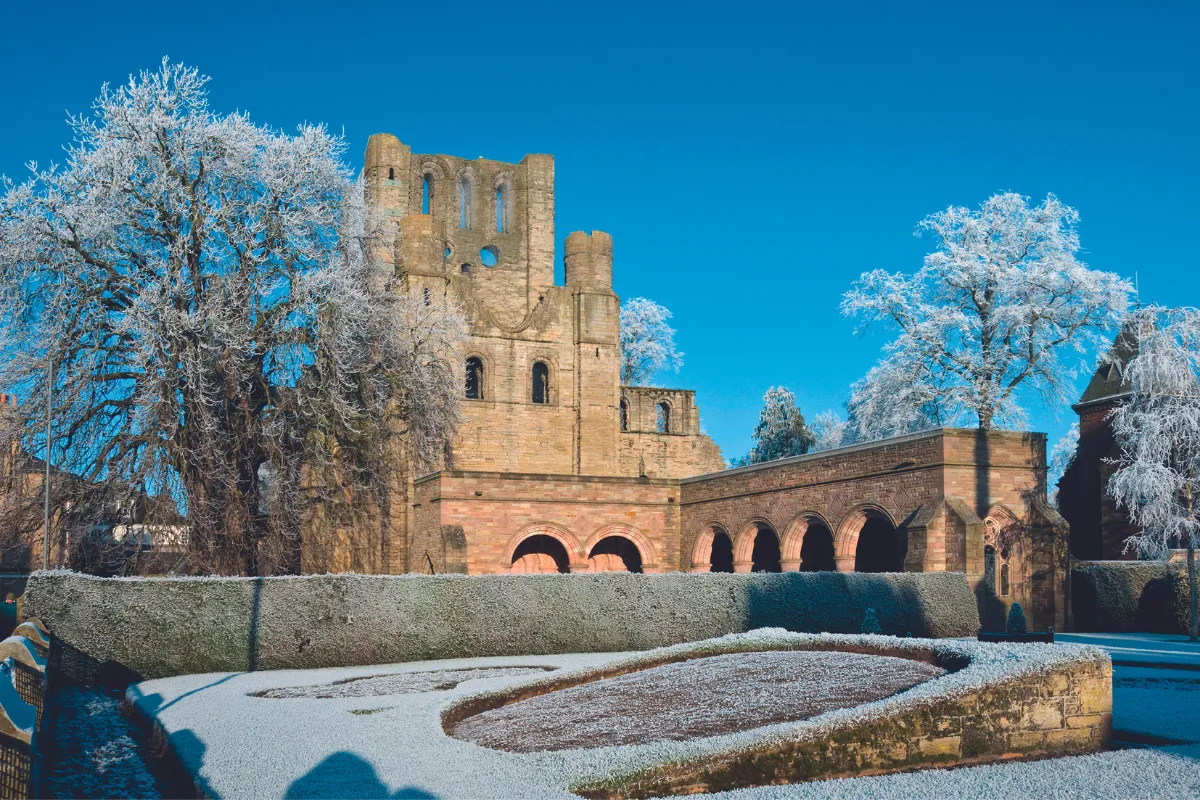
Uniting some of the most historic towns of this area, the Borders Abbeys Way is a long-distance walking trail of 68 miles in length. With the reopening of part of the old Waverley Line – now called the Borders Railway, and the longest new domestic railway to be built in the UK in more than 100 years – you can now travel to Tweedbank by train from Edinburgh to start this beautiful circular walk. From valley to moorland, farmland to forest, it links the four great ruined abbeys of Kelso, Jedburgh, Melrose and Dryburgh, where Sir Walter Scott is buried.
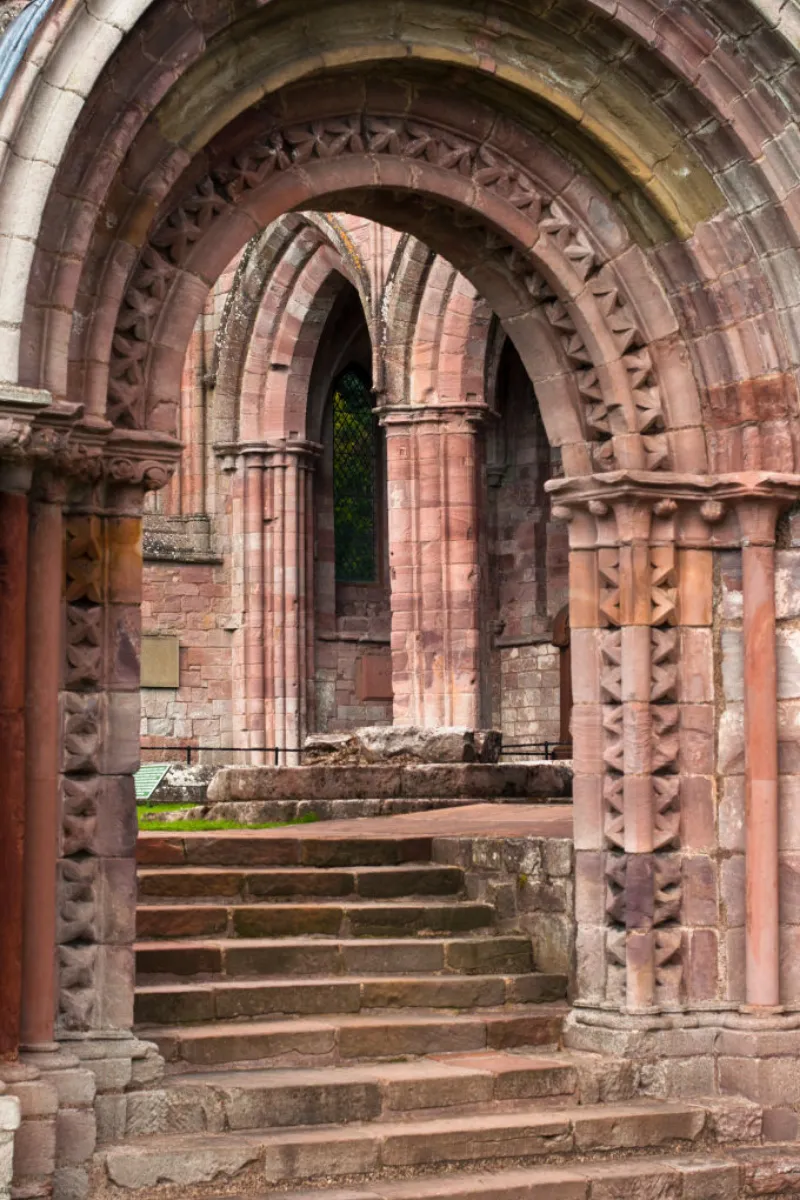
In February, great swathes of snowdrops flower around the remains of Dryburgh’s medieval abbey, along with thousands of acid-yellow winter aconites. There are several fine cedars in the grounds and the Dryburgh Yew, believed to have been planted by the monks, is one of Scotland’s most ancient trees. An even older tree still stands at Jedburgh. A hollow English oak, the Capon Tree is propped up on stout stakes and dated to around 1,000 years old. Tradition says the border clans would gather beneath it before fighting in the wild days of the 16th century.
See Lady Grey's 200-year-old snowdrops
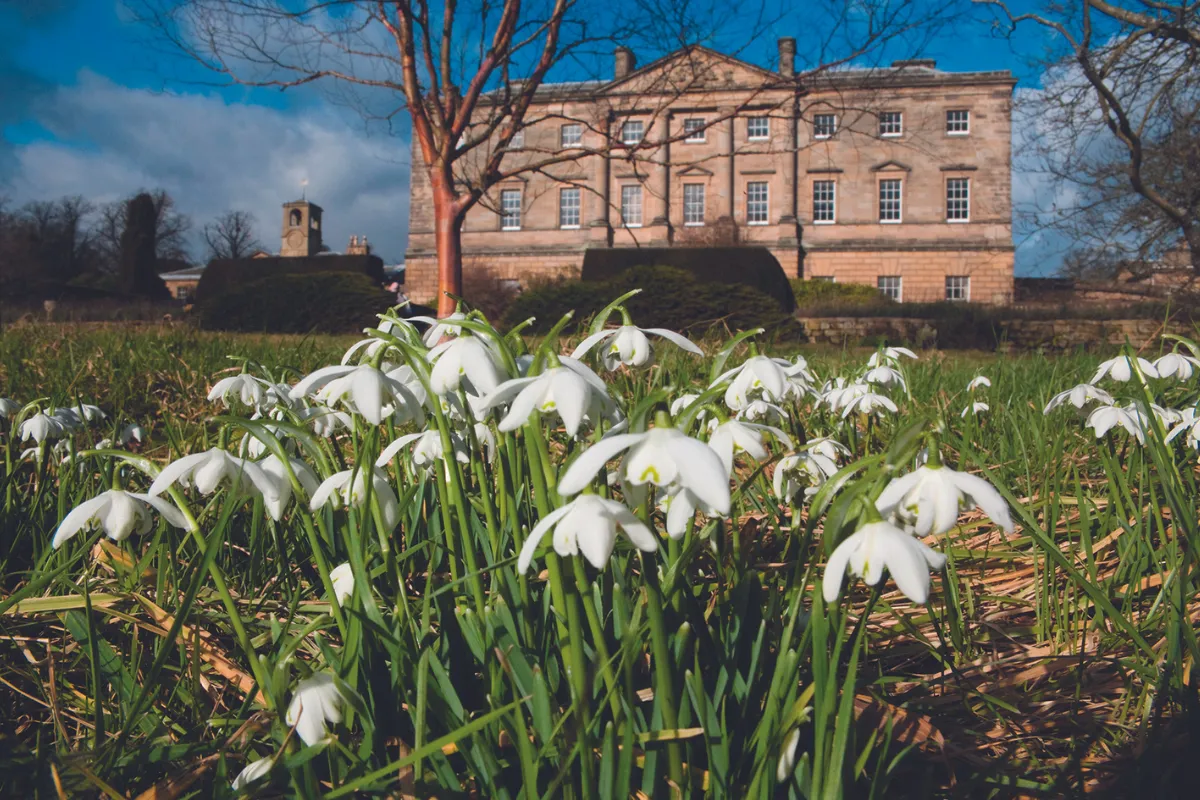
Head down the Northumberland coast in late winter for another uplifting display of snowdrops at Howick Hall, the home of Earl Grey (1764-1845), for whom the tea was invented. The bulbs there have multiplied since they were first planted between the wars by Lady Grey and now they form vast drifts beneath the trees of the magnificent arboretum. Planted in six geographical groups across 65 acres, nearly all the trees have been grown from seed collected in the wild, making the collection of international importance. You may even be lucky enough to spot a red squirrel.
Wildlife in Berwick and Borders
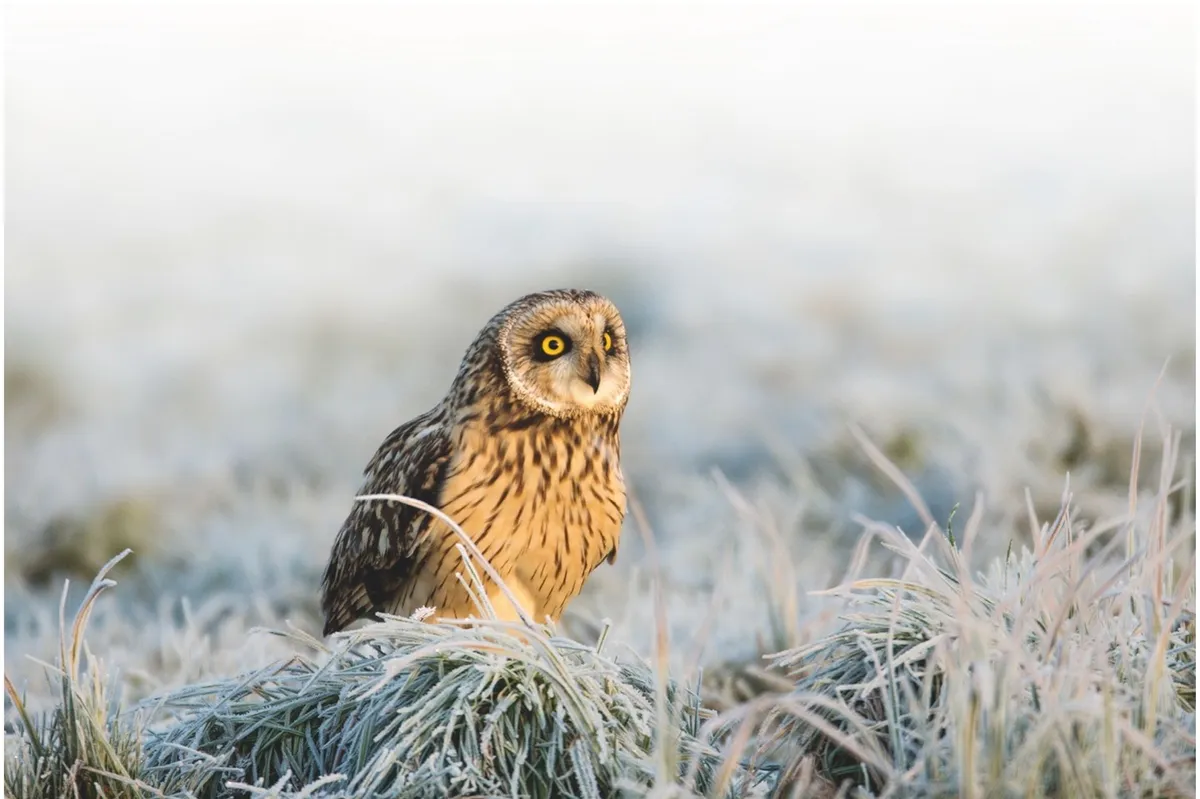
Barn owls and short-eared owls can be seen quartering the fields, making up for nights when it’s too windy to hunt. On Holy Island (Lindisfarne), there are huge flocks of geese and swans, together with golden plover, lapwing and curlew. A merlin flashes through the dunes after a pipit, a peregrine uses a post on the Pilgrim’s Causeway as a look-out station.
There is plenty to interest birdwatchers at this quiet time of the year, even at Berwick itself. Here, the second-largest mute swan colony in Britain is joined by many more over winter. Enticed by rich feeding in the fertile estuary and a safe place for their annual moult, there can be as many as 800 swans. With gracefully curved necks, they glide along the river coming close to the quayside or taking off with musical wing beats.
Berwick’s famous swans can be seen year round. Gliding gracefully, they look serene with curving necks, all-white plumage and orange bills; watch them from the Town Walls or the Quayside.
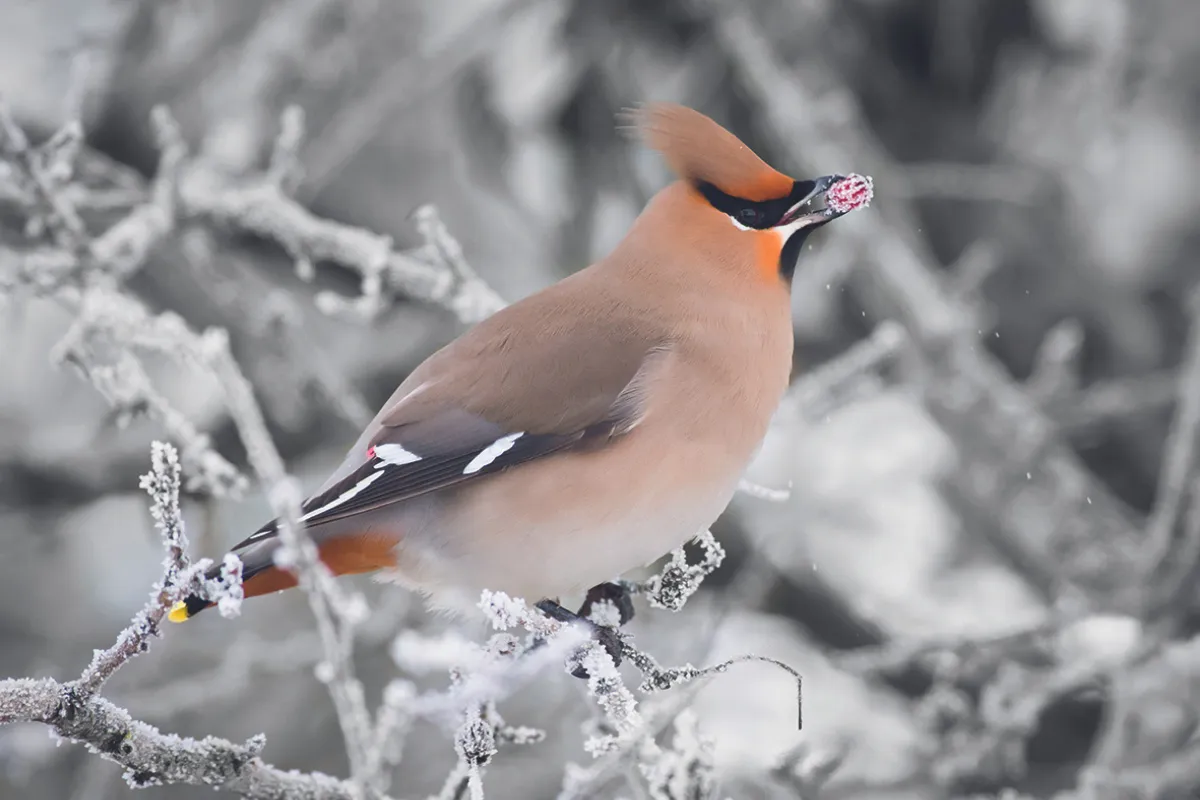
Shape-shifting in elaborate patterns against the evening sky, flocking starlings are a spectacular winter sight. Look for roost sites near Berwick on the updated starling map. Winter bird visitors include thrushes feasting on hawthorn and rowan berries. Fieldfares and redwings come over from Scandinavia and Russia but you may be even luckier and spot beautifully plumaged waxwings.
Where to walk in Berwick and Borders
Norham river walk
A 3.5-mile walk starts at Norham church before following the wide Tweed on grassy paths past fishing bothies and glimpses of goosander and heron. It then climbs through Newbiggin Wood and across fields to circle round to the dramatic ruins of Norham Castle, painted many times by the great landscape artist JMW Turner, who was drawn to this place on several occasions between 1797 and the mid-1840s.
St Abbs Head circular walk
This thrilling 3.6-mile circular walk round St Abbs Head undulates along rugged cliffs to the lighthouse, then back via a sheltered freshwater lake. In summer, the cliffs are raucous with the cries of thousands of breeding seabirds, and from late November to mid-December, grey seals visit to the beach to pup in their hundreds. More than 1800 new pups were recorded here in 2020. The seals may have left by January, but it’s still worth coming for the outstanding views.
Eildon Hills
There are several possible walks up the iconic Eildon Hills near Melrose. The result of volcanic activity of 350 million years ago, Sir Walter Scott called them his ‘delectable mountains’. Eildon Hill North is topped by a Bronze Age fort and the views from the top are breathtaking.
Where to stay in Berwick and Borders
The Merchant’s House, Eyemouth
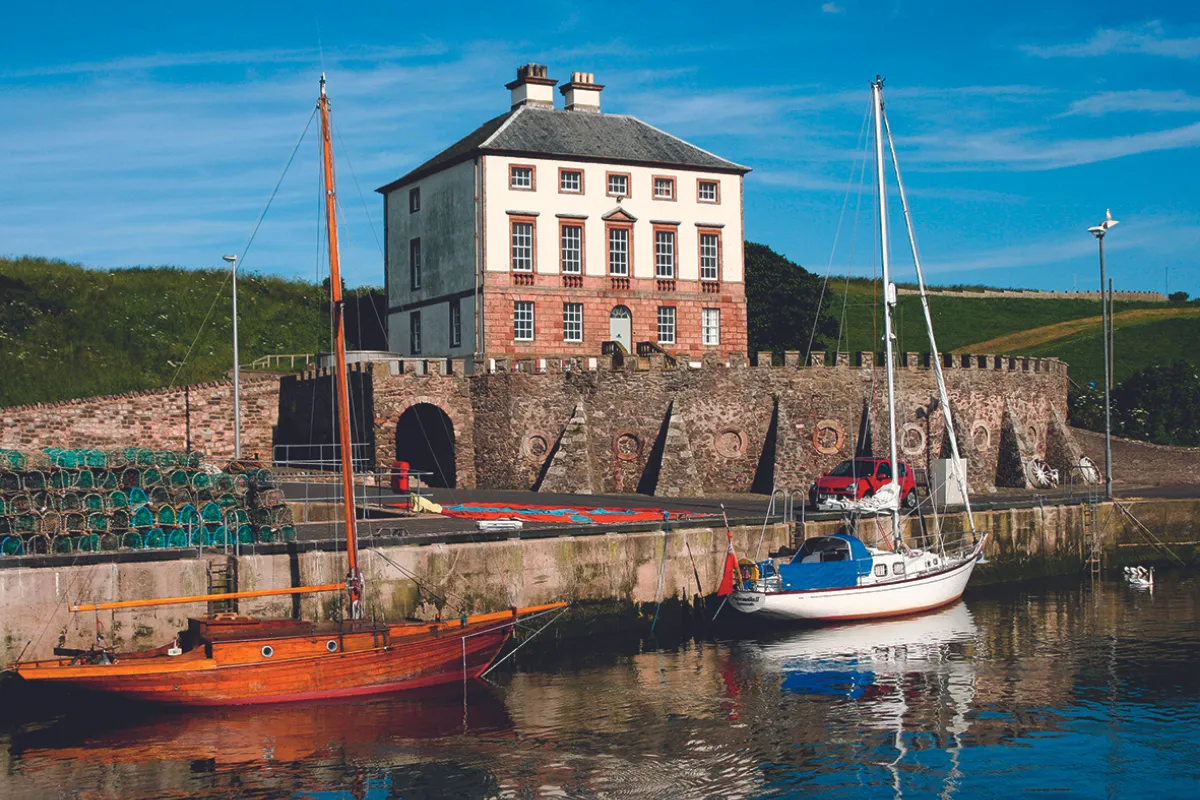
This thrilling house of secrets sleeps up to 11 people. Built by a smuggler with sea and harbour views, find hidden compartments such a tea chute, trap doors and false windows.
The Walls Bed and Breakfast, Berwick
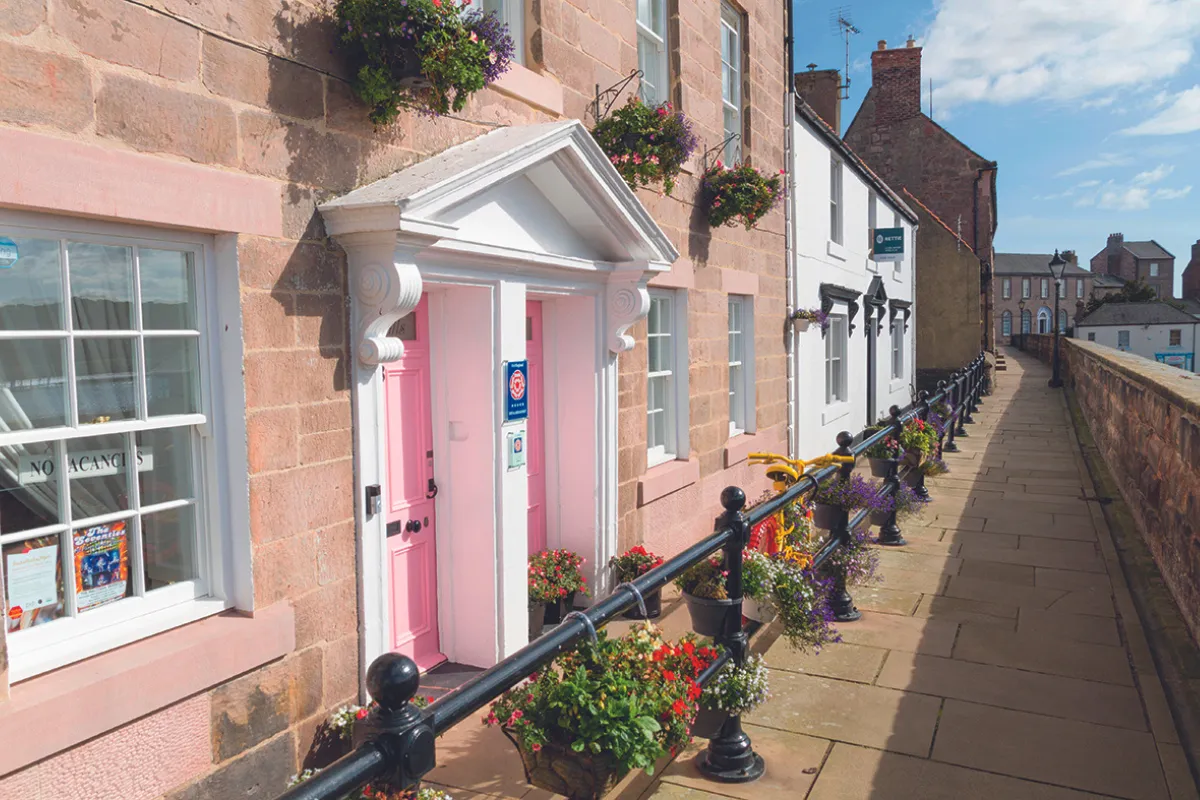
This elegant Georgian townhouse stands on medieval walls with wonderful views across the Tweed, ideal for wildlife watching. Spacious comfortable rooms include Swan and Cygnet. Craster kippers and smoked haddock are among locally sourced breakfast fare. Double room from £180.
Traquair House, Innerleithen, Peebles
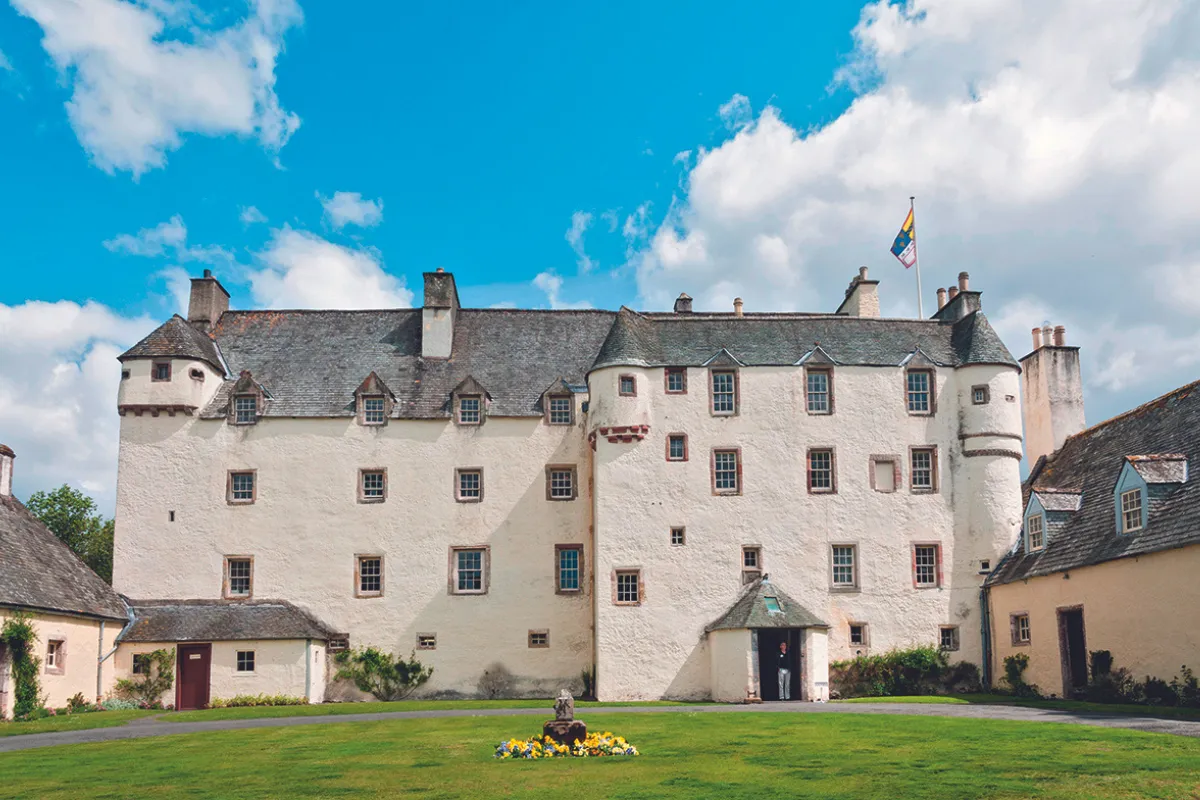
Visited by Mary Queen of Scots, Scotland’s oldest inhabited house is a historic and magical place to stay. The spacious bedrooms have antique furniture and canopied beds, the Pink Room overlooking the largest hedged maze in Scotland. Double room from £220.
Where to eat and drink in Berwick and Borders
Jolly Fisherman, Craster
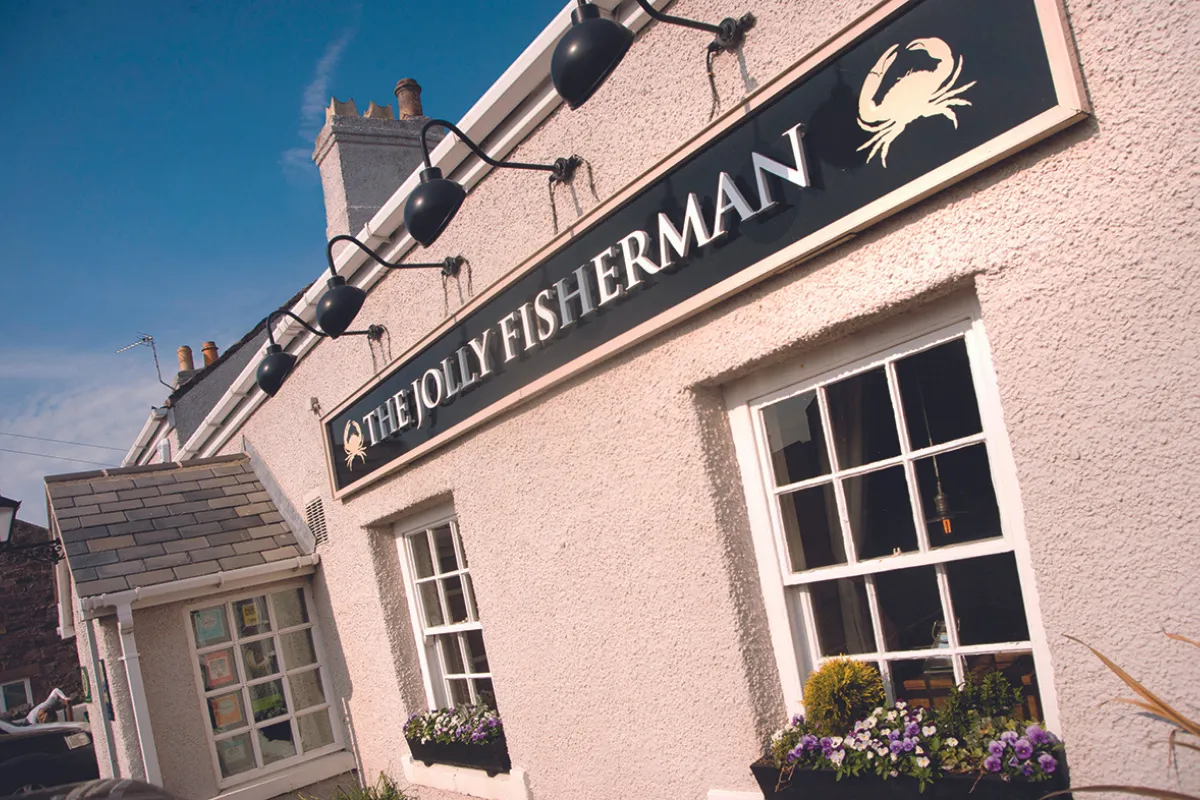
After a bracing sea walk or a visit to the snowdrops at Howick Hall, you can warm yourself through by an open fire at the Jolly Fisherman. Stone-flagged floors and low-beamed ceilings make this traditional pub feel especially cosy in winter. Try its famous crab soup or lobster freshly landed in the picturesque harbour.
The Northern Edge Berwick-upon-Tweed
On Silver Street, near the medieval town walls, this is a quirky independent coffee shop where you can relax on Chesterfield sofas while drinking their sublime coffee. Ethically sourced, it is roasted on site in small batches so it is as fresh as can be.
Mainstreet Trading Company, St Boswells
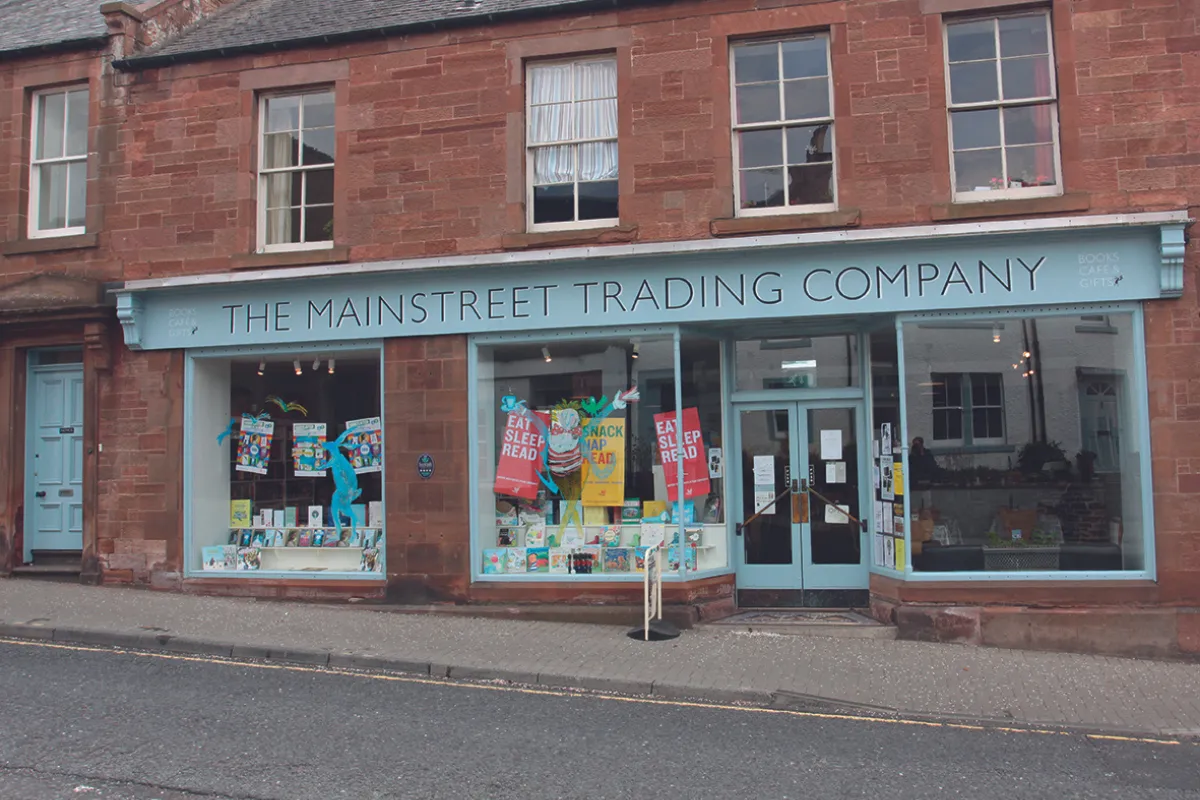
The delightful Mainstreet Trading Company has an excellent bookshop and cafe with a deli and home shop in a courtyard barn. It has been described by author Maggie O’Farrell as “a bookshop so perfect, you might have dreamt it”.
The Terrace Cafe Floors
The café at Floors Castle boasts menus designed by the Duke of Roxburghe’s personal chef. It’s a friendly place, which serves homemade seasonal and local Scottish produce, some sourced from the estate. Favourites are fishcakes with sorrel sauce, warming soups and flame-grilled venison burgers.
Local businesses to visit in Berwick and Borders
Number Four Gallery, St Abbs
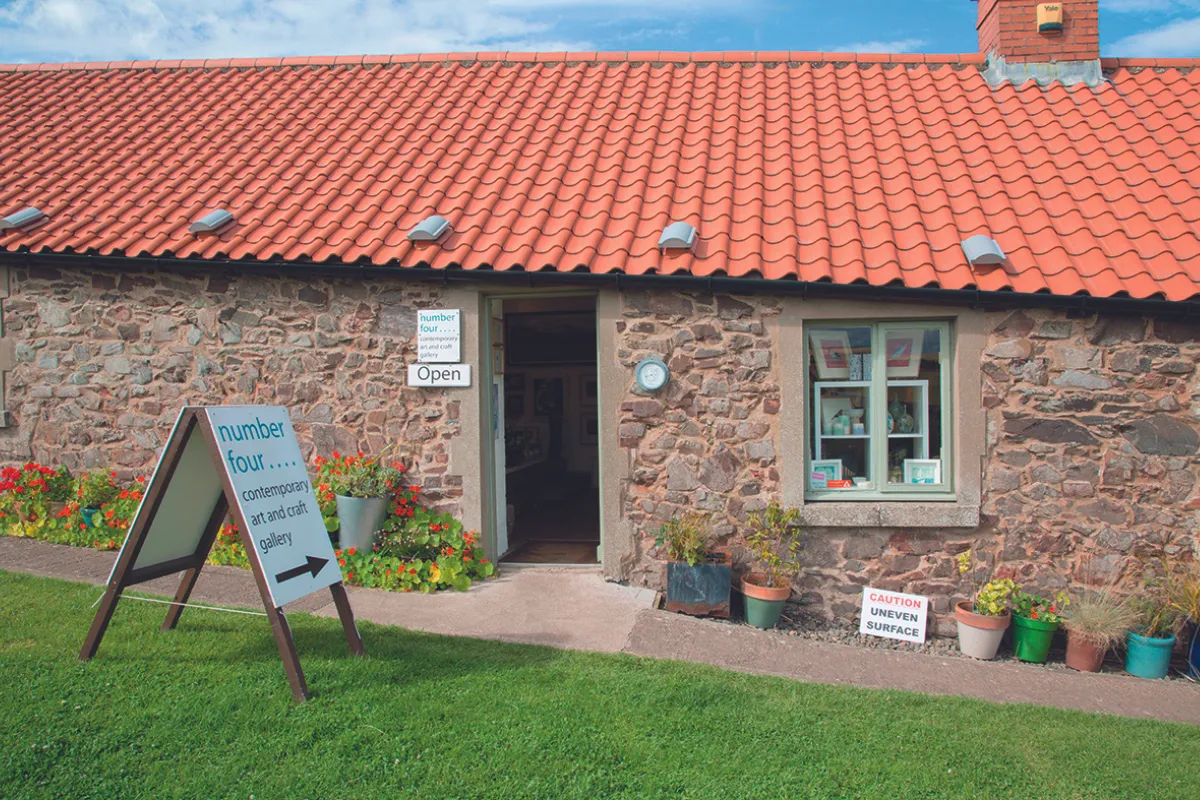
As well as paintings and prints, find jewellery, glass and ceramics, sometimes quirky, often inspired by the nature, such as seabirds on the nearby cliffs. Open weekends from Jan–March.
The Maltings at Berwick
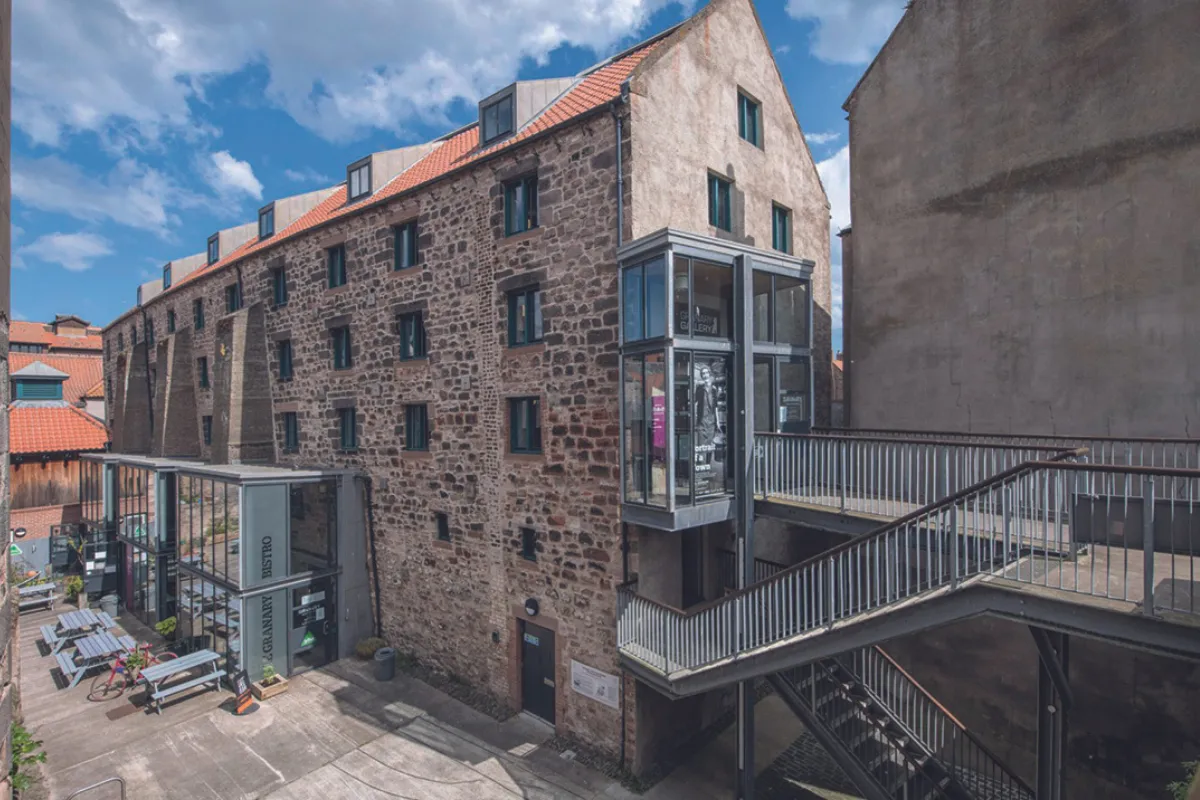
Leaning more than the Tower at Pisa, this arts centre in an old granary hosts performances, film and exhibitions. Until 6 February, Quilts: Resurgence exhibits heritage and contemporary quilts, including those of Pauline Burbidge, whose sublime textiles use cyanotypes to capture the fleeting beauty of wild plants.
Barter Books, Alnwick
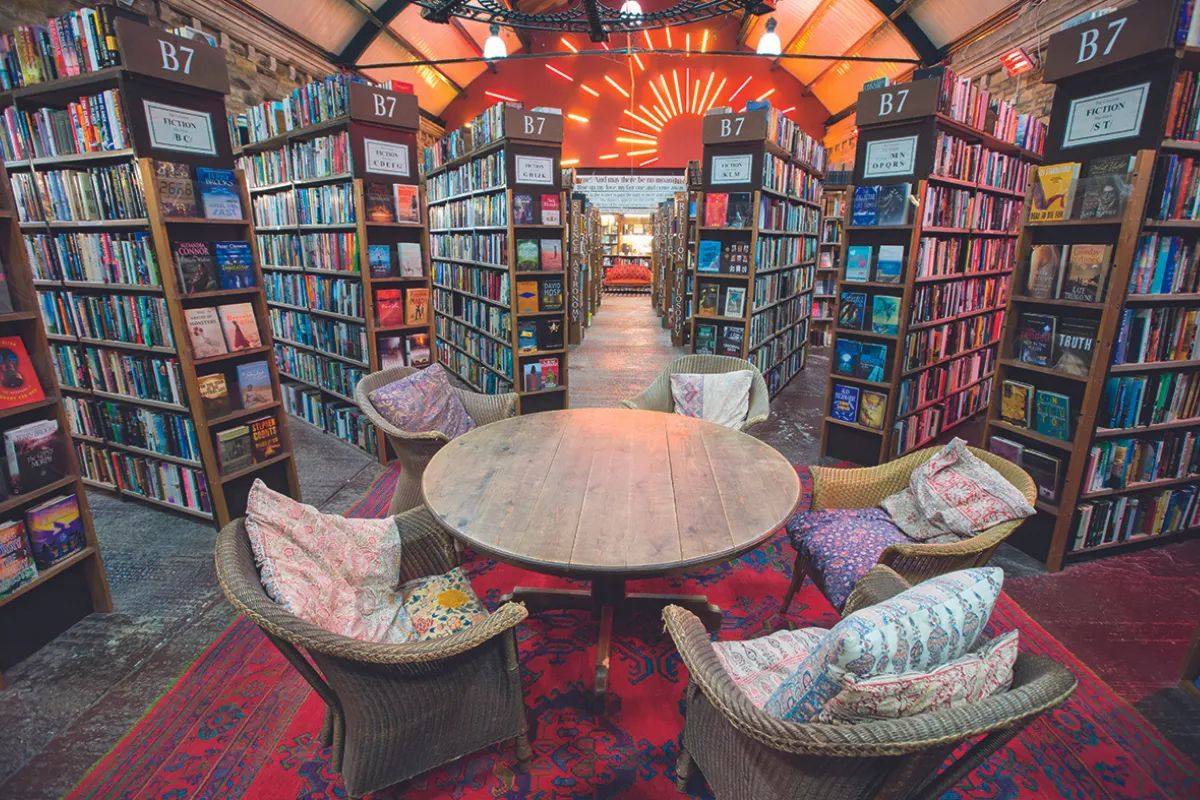
Based in the old railway, this large secondhand bookshops holds a special place in many hearts. There are comfortable sofas by open fires in winter, murals by local artists, a model railway along the top of the bookcases, an excellent cafe and an ice-cream parlour named Paradise.
